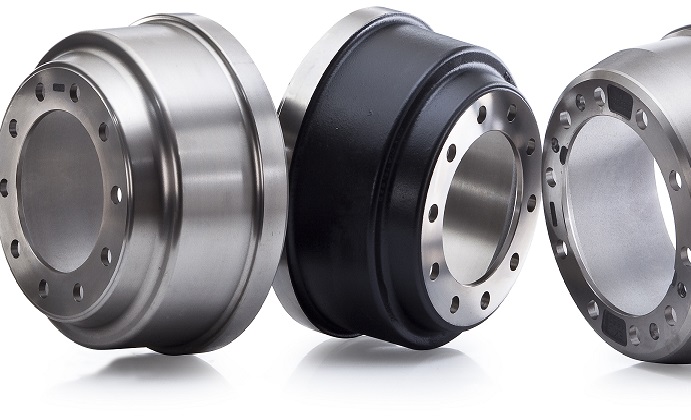frequently asked questions
When Should You Replace Your Heavy Vehicle Brake Drums?
Heavy vehicles operate under challenging conditions with constant heavy workloads. Therefore, maintenance of these vehicles is of vital importance. In this article, we will focus on the replacement of brake drums, a crucial component of heavy vehicles. Let's explore when and how the replacement of heavy vehicle brake drums should be done.
What is a Heavy Vehicle Brake Drum?
A heavy vehicle brake brake drum is a component located on the wheels of a heavy vehicle that performs the braking process. Typically made of steel, these drums work in conjunction with brake shoes to control wheel rotation. Brake drums regulate the vehicle's speed, ensuring a safe stop, and also aid in dissipating the heat generated during braking.
How to Inspect Brake Drums?
-
Regular inspection of brake drums is essential to ensure the safety of the vehicle. Here are step-by-step guidelines for inspecting brake drums:
- Visual Inspection Examine brake drums visually. Check for any inconsistencies between the drums on both wheels.
- Condition Check for Wear Inspect the wear condition of the drums. If there is significant wear, replacement should be done immediately.
- Crack Check Check for cracks in the brake drums. Cracks can negatively impact the performance of the drums and should be carefully examined.
- Traction and Contact Control Ensure that the brake drums grip and make contact correctly. If the drums don’t make proper contact, the braking system may not function effectively.
- Brake Pads Compatibility Check Check if the brake drums are compatible with the brake pads. Compatibility issues can reduce the efficiency of the braking system.
- Brake Adjustment Check Ensure that the brake drums are properly adjusted. Adjustment issues can hinder the proper functioning of the braking system.
When to Replace Brake Drum?
Determining the replacement time for brake drums is a critical step for the safety of the vehicle. Consider the following factors for brake drum replacement:

- Wear Check: Regularly visually inspect the wear levels of brake drums. When significant wear is observed, consider replacing the drums.
- Thickness Measurement: Measure the thickness of the brake drums and check if it reaches the minimum value specified by the manufacturer. When the thickness meets this value, replacement is necessary.
- Noise and Sound Testing: Pay attention to abnormal sounds during braking. Any squealing, grinding, or other noises may indicate issues with the brake drums
- Brake Performance: If the vehicle doesn’t exhibit the expected performance during braking, a review of the brake drums may be required. Sudden loss of braking power or vibrations may indicate drum issues.
- Expert Inspection: Even in the absence of visible symptoms, regularly have a professional mechanic inspect the overall braking system. Experts can detect potential issues in advance and recommend brake drum replacement if needed.
- Usage Conditions: If the vehicle frequently carries heavy loads or operates in stop-and-go traffic, the replacement period for brake drums may be shorter. Create a customized maintenance plan based on your usage conditions.
Selecting the Right Brake Drums
When replacing brake drums, prefer spare parts produced by the original equipment manufacturer (OEM). This ensures optimal vehicle performance, safety, and a durable braking system.
With over 35 years of experience in the export industry, EKU is in a position to meet your heavy-duty brake drum needs at the highest level. As one of the best brake pad brands, EKU prioritizes customer satisfaction, offering high quality brake drum products and expertise in the automotive sector.
The replacement of heavy vehicle brake drums is critical for vehicle safety. Neglecting this process can lead to serious issues for both driver and environmental safety. Therefore, regular inspection and replacement of brake drums within a scheduled maintenance program are crucial for ensuring the safe and efficient operation of heavy vehicles.

